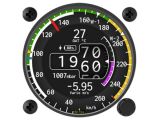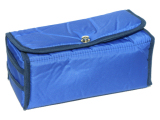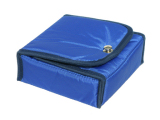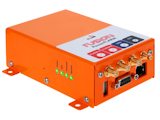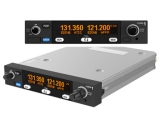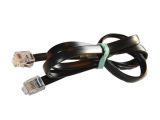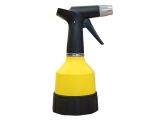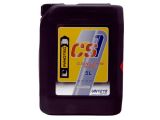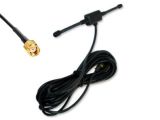
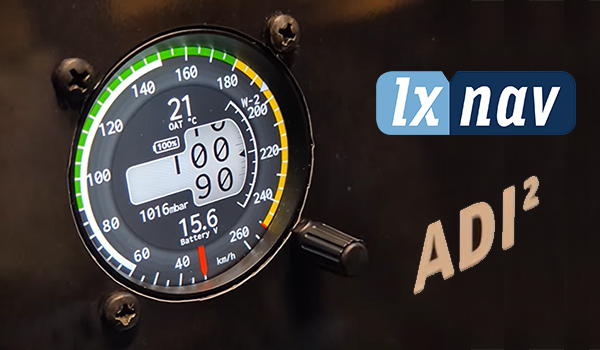
ADI2 von LXNAV mit EASA STC-Zulassung
Der neue [Airdata Indicator - ADI2] mit EASA-STC-Zulassung und einem vollflächigen Runddisplay, das den gesamten Bereich nutzt.
-5% Einführungspreis bis 15. Januar 2026
Auslieferung ab Februar 2026
Flohmarkt
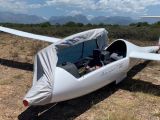
Clouddancers Haubenbezug - Duo Discus
Artikel-Nr.: [3975]
statt 195,- € / Stk
nur 170,- € / Stk
Flohmarkt

Design4Pilots PM6 - Ausstellungsstück
Artikel-Nr.: [3959]
statt 799,- € / Stk
nur 709,- € / Stk
Flohmarkt

Clouddancers Haubenbezug - Duo Discus
Artikel-Nr.: [3975]
statt 195,- € / Stk
nur 170,- € / Stk






